AQI (Air Quality Index) network monitoring implements network management of air pollution prevention and control in the certain area, which can provide conventional pollutant data and provide administrative support; in addition, source analysis shows the formation of pollutants. The combination of the two methods provides specific evidence for the prediction of surrounding environment and the correct treatment solution.
FPI’s Ambient Air Monitoring Network Solution intended to provide monitoring, evaluating and analyzing services to local environmental authority (e.g. environmental protection agencies), improve the accuracy of regional environmental protection prevention; to builds a channel between monitoring (representatives) and supervision (corresponding department), improves the communication efficiency of problem discovery and solving. The combination of three-dimensional monitoring technology and manual management in this system realizes continuous monitoring of ambient air quality with full coverage and no blind spots, which provides a reliable guarantee for the air pollution prevention and control.
FPI’s ambient air monitoring network solution consists of A data center platform, an operation guarantee system and products.
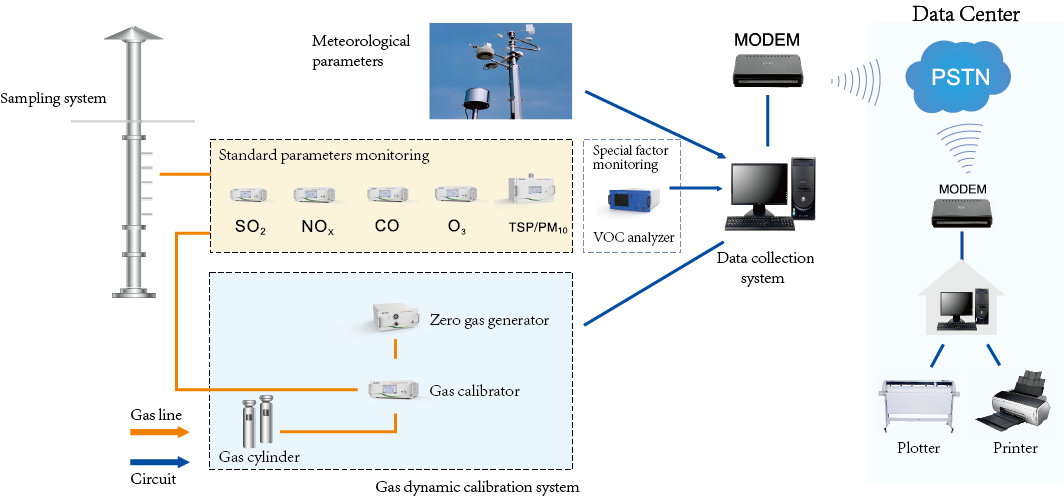
? Data Center Platform
FPI ambient network management platform (ANMP) is a powerful and customizable interface for data evaluating and processing. The modularization of ANMP of data collection, data auditing, trend prediction and control, gives comprehensive and flexible accessing for both government authority and public.
? Operation Guarantee System
Standard and Specification System, Working Mechanism System (e.g. data sharing among departments) and Operation Service System (operation and maintenance, consulting, supervision, etc.).
? Product Series:
Standard AQMS: the priority of these stations is to generate reference and representative pointwise AQI in such region. These stations and data are considered as state level standard data to be published.
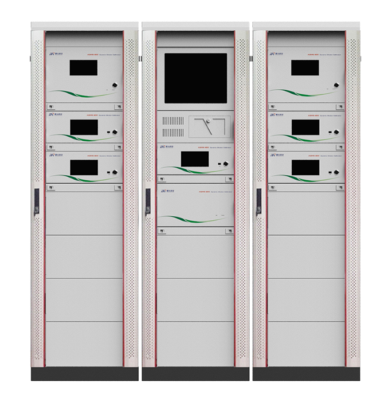
Compact System: cost-effective system, applied in key roads and villages which is critical for municipal or regular polluted areas, used for legal enforcement.
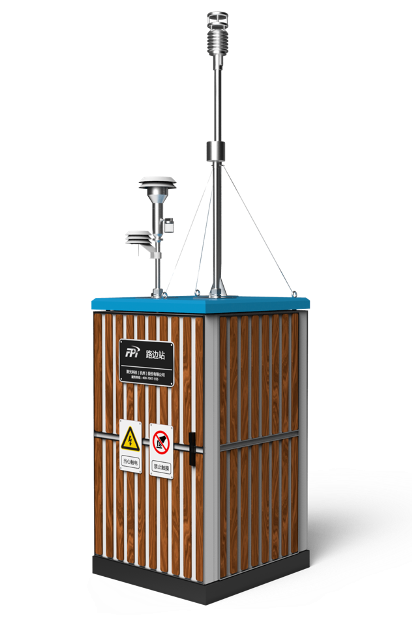
Micro AQMS: target to find out the pattern of pollution spatial distribution during certain period and gives macro idea on municipal management.
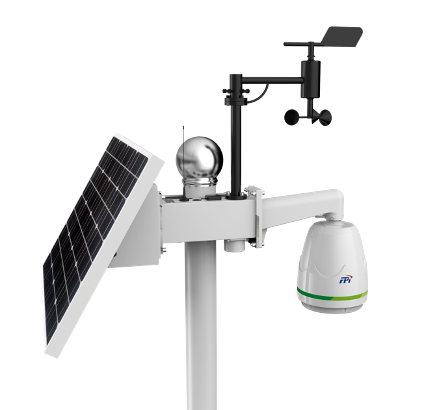
Dust Monitoring System: designed with light scattering technology for continuous real-time measurement of particulate concentration along with noise and meteorological parameters; used in most construction sites.
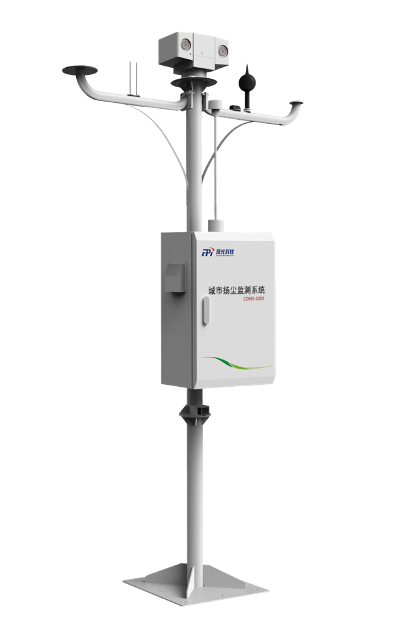
Mobile Station: can be selected and moved as per requirement; such flexibility enables the mobile station to perform as fixed station as well.
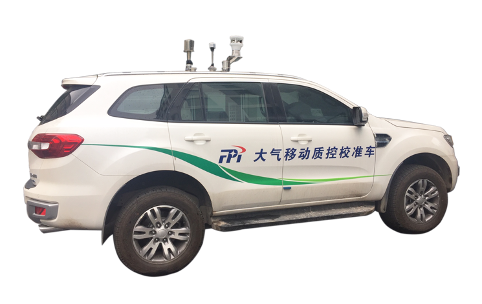
Micro Pulse Lidar: By detection the vertical and horizontal polarization signal, Lidar monitors the change process of PM, the spatio - temporal evolution characteristics of particulate matter, to alert the air quality changes at the city (or region) boundary and locate the Pollution source quickly.